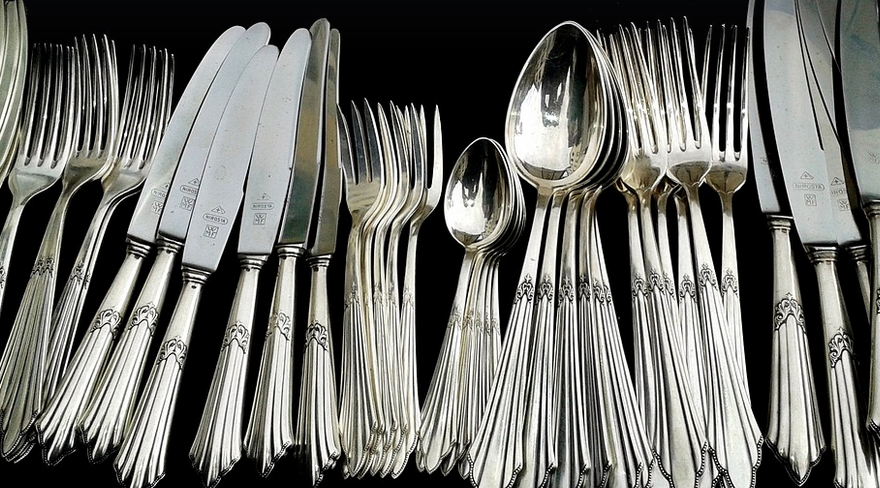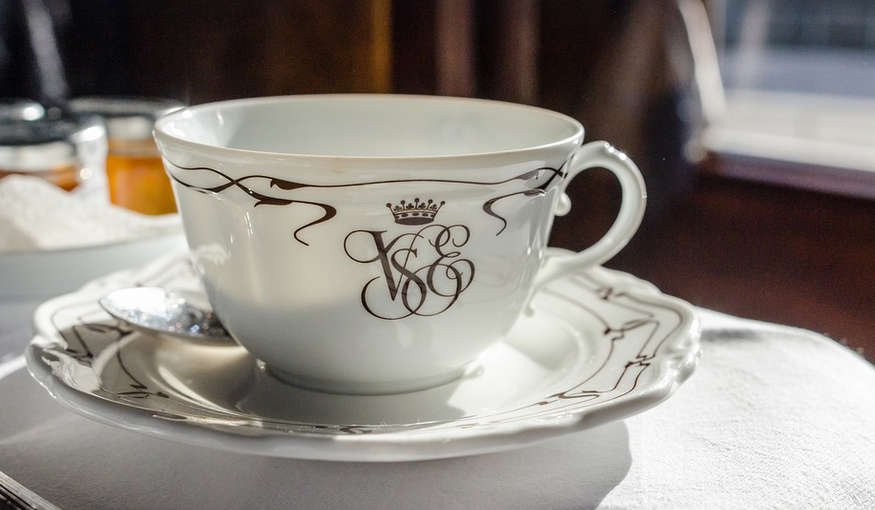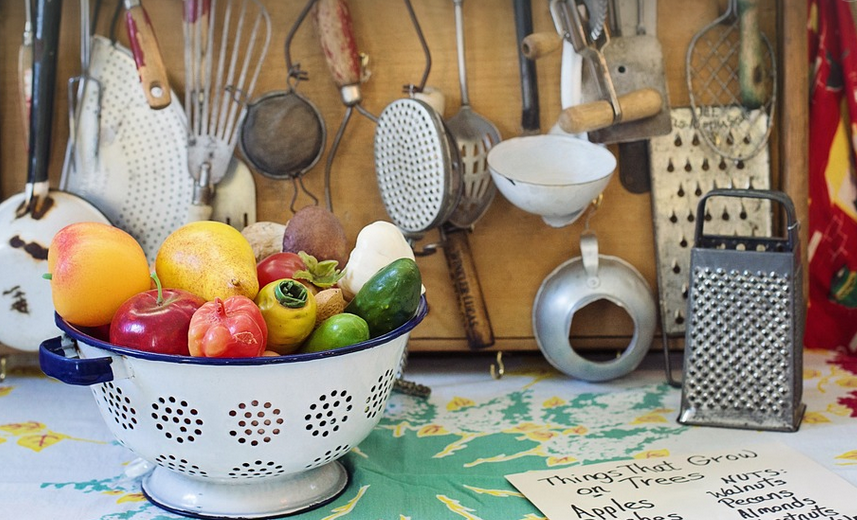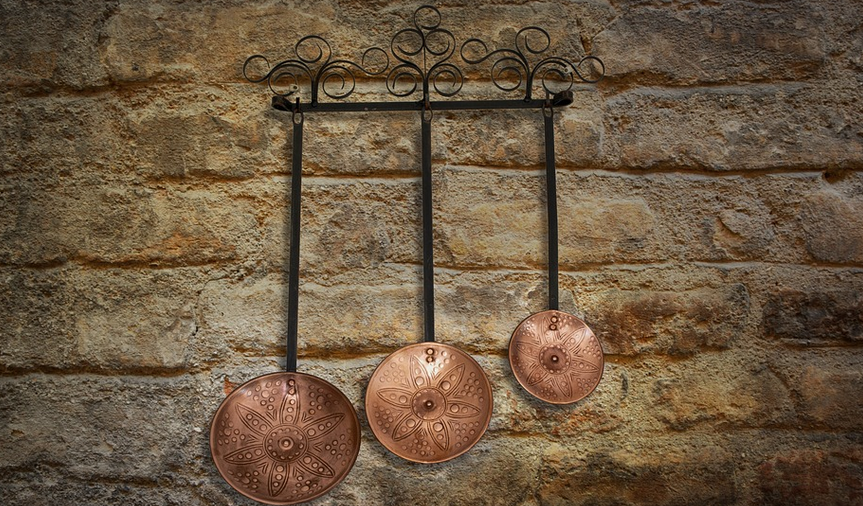How Are Corks Put In Wine Bottles?

The Art of the Cork: A Timeless Tradition
Putting a cork in a wine bottle might seem like a simple act, but it’s actually a fascinating blend of ancient tradition and modern-day science. This seemingly effortless process is a testament to human ingenuity and craftsmanship, guaranteeing that our favorite wines can be enjoyed for years to come.
The Origins of the Cork: A Natural Gift from Nature
Cork comes from the bark of the cork oak tree, which thrives in harsh Mediterranean climates. This durable material has been used for centuries to seal bottles, offering a natural and reliable barrier against oxygen. The ancient Romans used cork for winemaking as early as 200 BC, and it’s been a cornerstone of wine production ever since.
The process begins with harvesting the bark from these trees. Carefully removing this protective layer ensures that the tree can continue to thrive for years to come. Once harvested, the bark is carefully cleaned and dried before being shaped into individual corks.
The Journey from Bark to Bottle: The Art of Corking
Imagine a cork factory bustling with activity. It’s a world where skilled artisans meticulously prepare these natural wonders for their final destination. First, the bark is stripped down and then carefully cleaned to remove any impurities. Next, it undergoes drying and pressing to ensure its strength and stability.
Then comes the crucial step. Skilled corkers use special machinery to cut and shape each individual cork into the perfect form for a wine bottle. This process involves precision and dedication, as every cork must be perfectly shaped and sized for optimal sealability.
The Right Cork: The Magic of Fit and Function
Not all corks are created equal! Choosing the right cork is crucial to ensuring that a bottle can enjoy its full potential. Different types of corks exist, each with unique properties.
- Natural Corks: These come from the bark of the cork oak tree and are renowned for their natural aroma and long-lasting seal.
- Synthetic Corks: As a more recent development in winemaking technology, these offer durability and affordability.
The perfect fit is critical. A good cork will create a snug seal that prevents air from getting in, which helps to preserve the wine’s freshness, flavor, and aroma.
Hand-Corking: A Legacy of Skill
While automatic machinery plays a significant role in modern corking, there’s something magical about hand-corking. Some vintners still choose the traditional approach, using their own hands to manually insert each cork into the bottle. This process allows for greater control over the cork’s placement and ensures that every cork is perfectly seated.
A Moment of Magic: The Art of Corking a Wine Bottle
Putting a cork in a wine bottle isn’t just about sealing it; it’s an act of artistry. It’s a process where precision, skill, and tradition converge to create something beautiful. A carefully placed cork ensures that the wine inside remains intact and fresh, ready for its next adventure.
As you raise your glass, take a moment to appreciate this simple yet intricate act. You’re not only enjoying a fine bottle of wine, but also savoring a tradition that has been passed down through generations. The cork, with its natural beauty and resilience, stands as a testament to the power of craftsmanship and time-honored methods.


